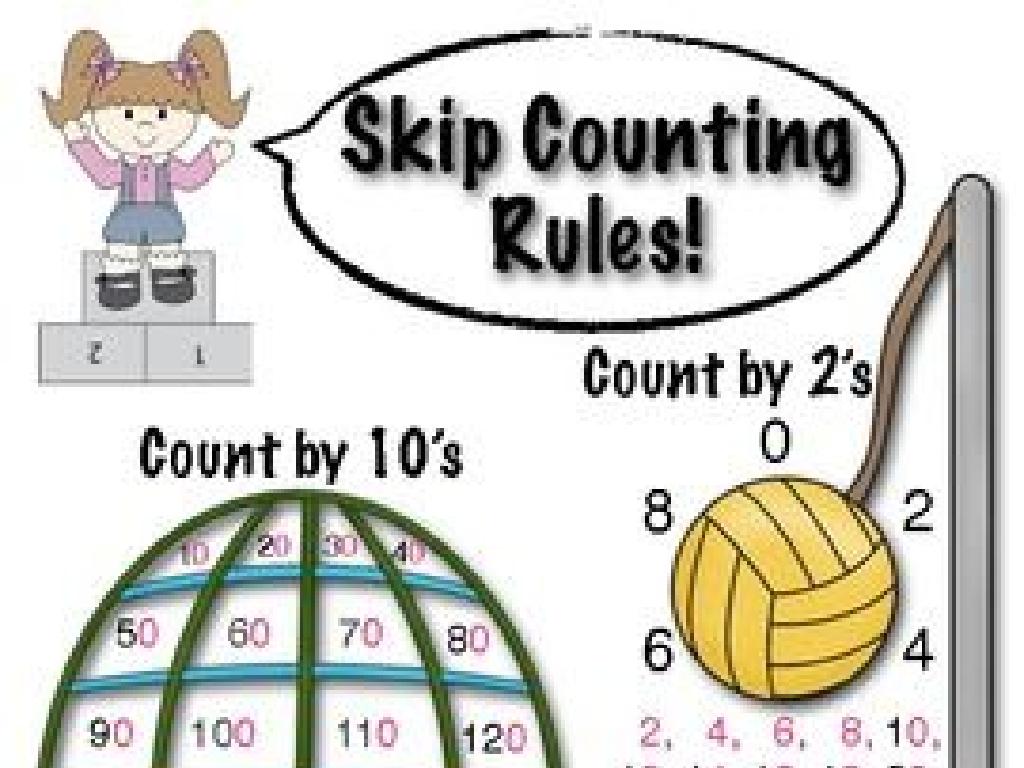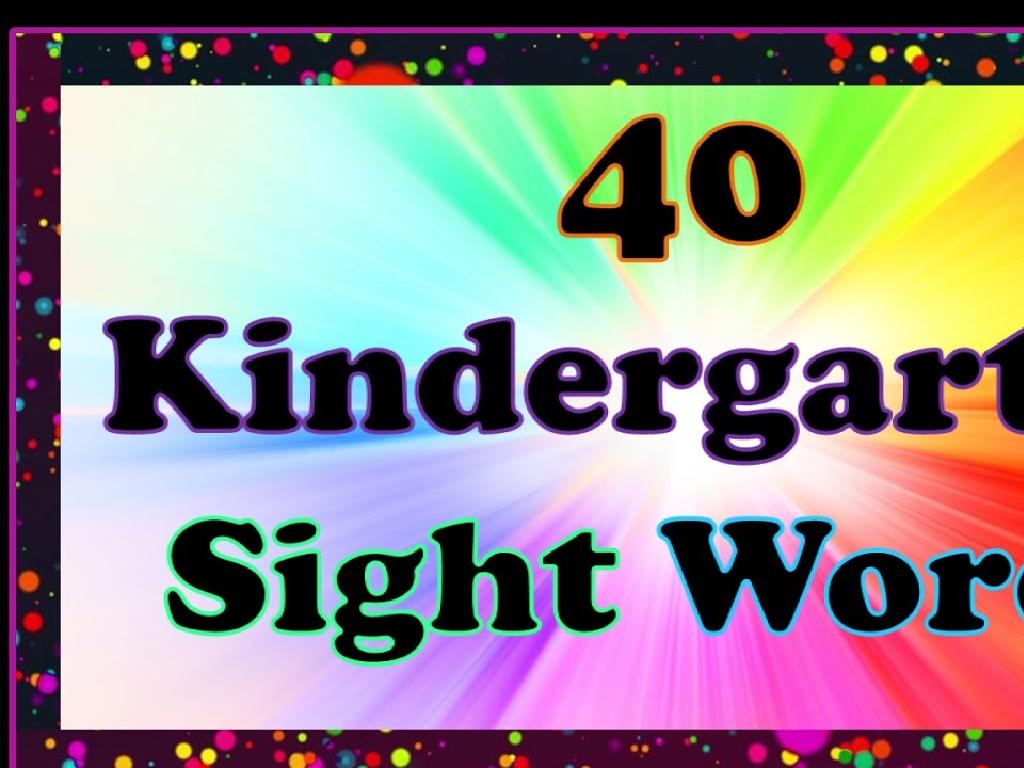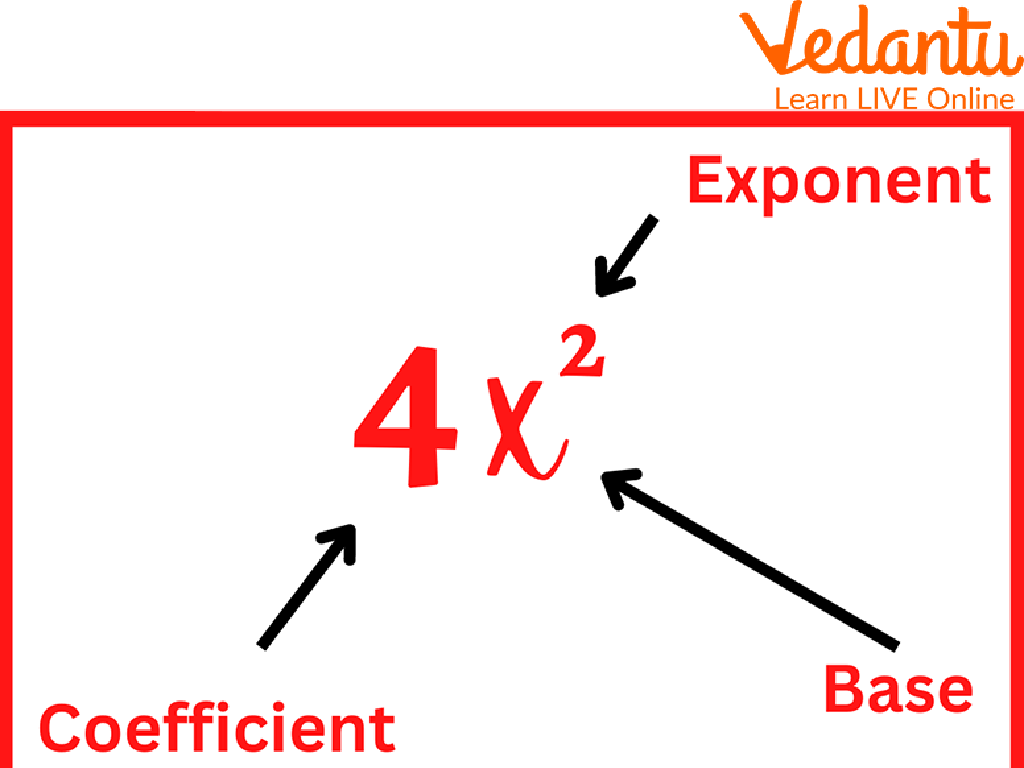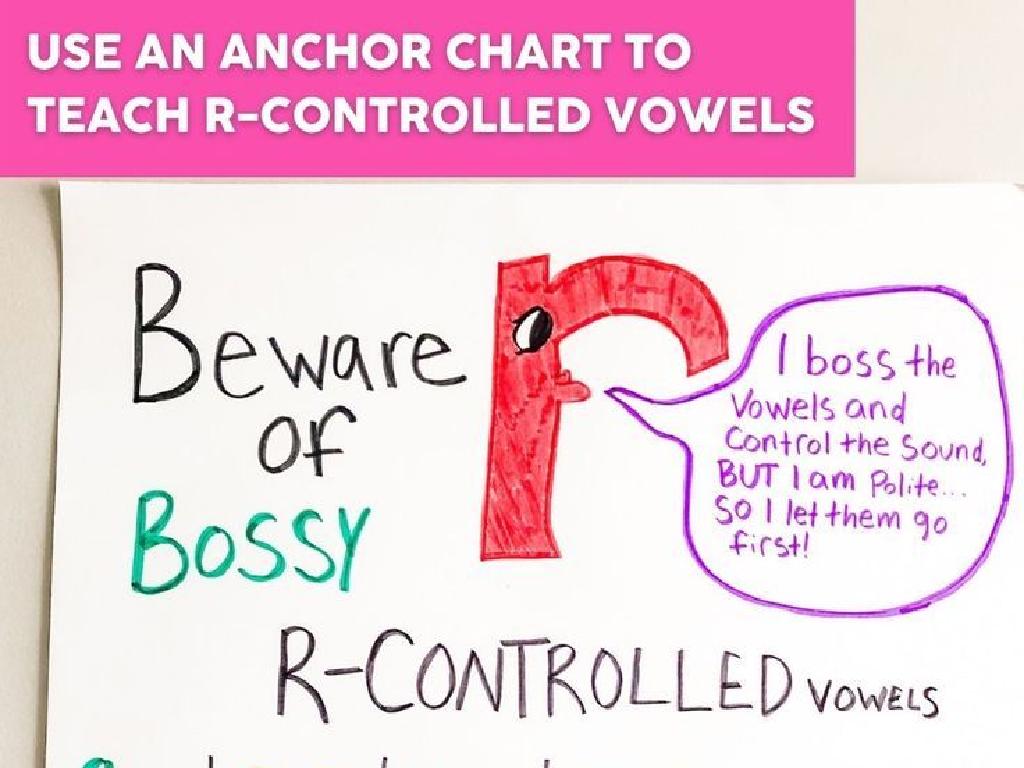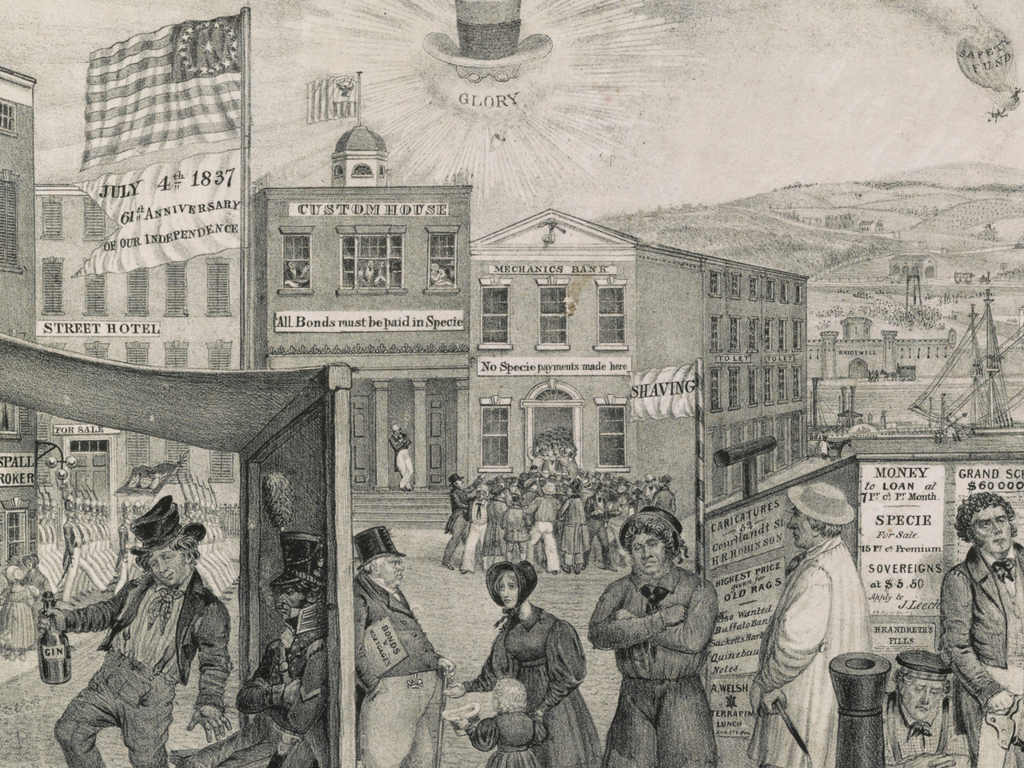Build Cube Trains To Add Up To 5 - Addition Sentences
Subject: Math
Grade: Kindergarten
Topic: Addition Up To 5
Please LOG IN to download the presentation. Access is available to registered users only.
View More Content
Welcome to Addition!
– Greet our young mathematicians
– Adding numbers up to 5
– We’ll learn to add numbers 1 through 5
– Using cube trains for addition
– Cube trains will make learning fun and easy
– Fun with addition sentences
– We’ll create sentences like 2 cubes + 3 cubes = 5 cubes
|
This slide is designed to introduce Kindergarten students to the concept of addition in a fun and interactive way. Start by greeting the students warmly to create an inviting learning environment. Explain that they will learn to add numbers up to 5, which is an essential early math skill. Use colorful cube trains as a visual and tactile aid to help them understand how two groups of items can be combined to make a larger group. Encourage the students to physically build the cube trains and then write down the corresponding addition sentences. This hands-on activity will help solidify their understanding of addition. Prepare to guide them through several examples, and be ready to offer praise and support as they explore this new concept.
Building Cube Trains: Learning to Add Up to 5
– What is addition?
– Combining numbers to see how many there are altogether.
– Adding with cube trains
– Use colorful cubes to put together numbers up to 5.
– Counting cubes to find total
– After adding, count all the cubes to see the new total.
– Making a tower grow taller
– Imagine your cube train is like a tower that gets higher with more blocks.
|
This slide introduces the concept of addition as a foundational math skill in a way that is relatable to Kindergarten students. Use cube trains as a visual and tactile way to demonstrate addition, which can help young learners better grasp the concept. Encourage students to physically add cubes together to see the results of their addition. As they build their cube trains or towers, they will visually and physically see the concept of ‘adding to’ as their structures become larger. This activity not only teaches addition but also helps with fine motor skills and counting. Make sure to walk around the classroom to assist students who may be struggling with the concept or the physical act of adding the cubes.
Building Cube Trains to Learn Addition
– Cube trains show addition
– Visualize how numbers combine
– Each cube is a train car
– Pretend cubes are cars linking together
– Add cubes to make a train
– Connect cubes to form longer trains
– Trains add up to 5
– Count cubes to ensure total is 5
|
This slide introduces the concept of using cube trains to understand addition for Kindergarten students. Cube trains are a tangible way for children to visualize how individual numbers combine to make a new number. Each cube represents a unit, like a train car, and as they connect the cubes, they can see their ‘train’ growing. The activity will involve the students adding cubes together to form a train with a total value of 5. It’s a hands-on method to learn basic addition within 5. Teachers should prepare different colored cubes and guide the students through the process of connecting them and counting the total. Encourage the children to explore different combinations of cubes that add up to 5, such as 2+3, 4+1, or 5+0.
Making 5 with Cube Trains
– Start with 1 cube
– Add cubes to make 5
– For example, 1 cube + 4 more makes 5
– Each train shows a sum
– 1+1, 1+2+1, 2+2+1 are different trains
– 5 is the total number
– No matter the combination, the trains equal 5
|
This slide introduces the concept of using cube trains to understand addition up to 5. Start with a single cube and ask students to think about how many more cubes are needed to make a train of 5. Show different combinations of adding cubes to reach the total of 5, emphasizing that there are multiple ways to make the same number. Use real cubes or visual aids to demonstrate. Encourage students to build their own cube trains and write down the addition sentences they represent. For example, if a student adds 2 cubes to the initial 1 cube and then adds 2 more, they should write the sentence 1+2+2=5. This hands-on activity will help solidify their understanding of addition within 5.
Building Cube Trains: Learning to Add to 5
– What is an addition sentence?
– It’s a math story about adding things together.
– Example: 2 cubes + 3 cubes
– 2 blue cubes join 3 red cubes on our train.
– Counting cubes together makes 5
– When we add 2 and 3, we have 5 cubes in total.
– Addition sentences tell a story
– Our cube train grew longer, and we learned to add!
|
This slide introduces the concept of addition sentences to Kindergarten students using the visual and interactive method of building cube trains. Start by explaining that an addition sentence is a way to write down what happens when we put groups of things together. Use colorful cubes to demonstrate how 2 cubes added to 3 cubes make a train of 5 cubes. Encourage the children to physically build the cube trains and count the cubes as they add them together. This hands-on activity helps them understand addition as combining sets and seeing the total amount. The story element makes the learning process engaging and memorable. Prepare to have different colored cubes available for the activity and consider grouping students so they can work on building and adding cube trains together.
Let’s Practice Together: Building Cube Trains
– Build your own cube train
– Each train must have 5 cubes
– Count the cubes to make sure there are 5
– Use different colors to add up
– Example: 2 red cubes + 3 blue cubes = 5 cubes
– Show your 5-cube train to the class
|
This slide is for a hands-on class activity where students will practice addition by building cube trains that add up to 5. Provide students with a variety of colored cubes and ask them to construct their own trains with exactly 5 cubes. Encourage them to use different color combinations, such as 2 red cubes and 3 blue cubes, to make the activity more engaging and visually stimulating. This will help them understand that there are multiple ways to add up to the same number. After building, have the students count their cubes to verify they have 5, and then share their cube trains with the class to demonstrate their understanding of addition. Possible variations for different students could include using different objects to represent the cubes, such as stickers or drawings, to accommodate various learning styles and preferences.
Class Activity: Build Your Own Cube Train
– Build trains totaling 5 cubes
– Use different colors to make 5
– Write addition sentences
– Example: 2 red cubes + 3 blue cubes = 5 cubes
– Share your trains and sentences
– Show and tell with your cube train
|
This activity is designed to help Kindergarten students understand the concept of addition by physically manipulating objects. Provide students with a variety of colored cubes and instruct them to build ‘trains’ where the total number of cubes used is 5. Encourage them to explore different combinations, such as 2 cubes plus 3 cubes, or 4 cubes plus 1 cube. After constructing their trains, students should write down the corresponding addition sentence that represents their cube train. Finally, allow each student to present their cube train and read their addition sentence to the class, fostering a sense of accomplishment and reinforcing their understanding of addition. Possible variations for different students could include using cubes of different sizes, combining cube trains with a partner, or challenging them to find all possible combinations that add up to 5.
Fantastic Cube Train Builders!
– Celebrating our cube train creations
– Adding numbers up to 5 mastered
– Addition is fun and useful
– Addition helps us count items like toys, fruits, etc.
– Keep practicing at home!
– Try building cube trains with your toys
|
This slide is a conclusion to the cube train activity, celebrating the students’ achievements. Reinforce the concept that addition is not just a math skill but a practical tool they can use in everyday life, such as counting toys or snacks. Encourage them to continue practicing at home, perhaps with their own toys, to build confidence and reinforce their understanding of addition up to 5. This positive reinforcement helps instill a love for math and learning in general.

